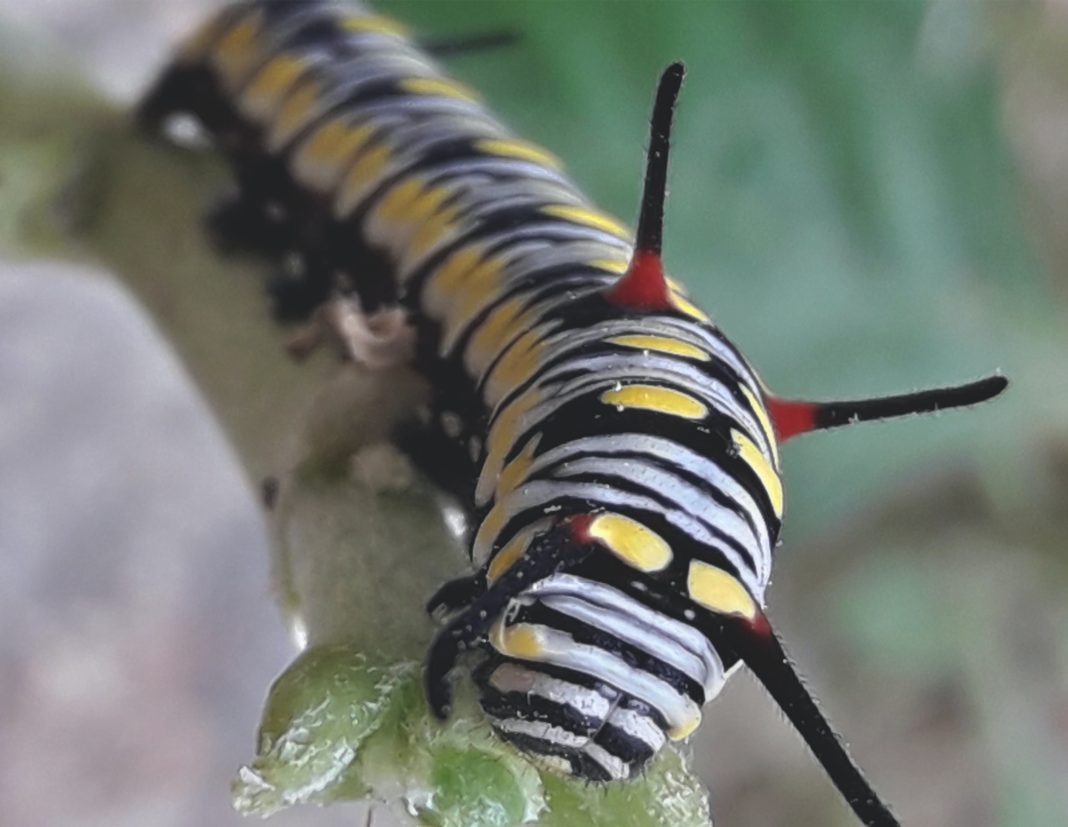Insects are a genetically diverse group that interact with humans in various ways—some help feed and clothe us while others can cause diseases or threaten the food supply. It is important that we know the function of each gene in insect genomes, particularly to apply genome editing that could help target insect genes and accelerate entomological investigations. Moreover, this information needs to be machine-readable so that computational methods can be applied to gain meaningful insights into the biological systems of insects.
The genomes of around 3000 insect species have been sequenced and registered as of May 2022. Next-generation and long-read sequencing technology have been used to further simplify and accelerate the pace of insect genome and transcriptome sequencing. Despite these rapid advances in sequencing technology, we still lack a comprehensive understanding of the functions of insect genes, with most of our knowledge resting on experiments before the advent of genome editing. The biological interpretation of sequence data remains a bottleneck in insect genomics and transcriptomics.
To address this gap in knowledge, scientists at Hiroshima University, Tokyo University of Agriculture and Technology, and the RIKEN Center for Integrative Medical Sciences, have developed a workflow process called Fanflow4Insects to annotate the function of insect genes that makes use of transcribed sequences and reference genomes and protein sequence databases. Using Fanflow4Insects, the group has annotated gene functions of the Japanese stick insect and the silkworm.
Details of the workflow were published in an article titled, “Systematic Functional Annotation Workflow for Insects,” in the journal Insects. This functional annotation workflow expands the potential applications of genome editing in entomology and could help scientists better manage different insect species in impacted ecosystems.
“Functional annotation is one of the most important processes to accelerate the selection of target genes once the genome or transcriptome of the target organism is decoded. The functional annotation information obtained by the workflow Fanflow4Insects will greatly expand the possibilities of entomological research using genome editing,” said the lead and corresponding author of the study, Hidemasa Bono, PhD, a professor at the Graduate School of Integrated Sciences for Life at Hiroshima University.
The transcriptome is the sum of an organism’s RNA molecules. Transcriptome analysis is an important first step in functional annotation, which in turn provides clues for selecting targets for genome editing. Some insects have genomes larger than the human genome, creating practical hurdles in whole-genome sequencing approaches to decipher the functions of insect genes. Transcriptome analysis based on next-generation RNA sequencing technology provides a more manageable alternative for evaluating the large genomes of insects.
RNA sequencing can identify tens of thousands of possible genes expressed in a specific tissue by assembling tens of millions of reads. These gene sequences are then assembled into transcriptional units.
This analytical approach depends upon the availability of comprehensive datasets and their functional annotation. Sequence databases do exist, but functional annotation is not in step with the recent explosion of insect genome sequencing data.
Individual insect research groups run their own pipelines to assemble transcriptional units on a study-by-study basis. These pipelines are sets of algorithms that process genome sequencing data. These scattered and isolated pipelines of functional annotation must be integrated into public databases for meaningful insights.
Fanflow4Insects was openly developed on GitHub and is publicly accessible. Together with the functional annotation derived from expression, the data from Fanflow4Insects can be applied to the comparative study of insects with distinct phenotypes.
Using the newly developed workflow, Bono and his team intend to annotate the function of genes in insects that produce useful substances. Eventually, the team would like to use computer simulation to design molecular networks in insects using this functional annotation workflow.



